There was a time when sages kept esoteric knowledge strictly hidden amongst only a few who had proven themselves worthy. Ancient seekers of wisdom were concerned with physics and mathematics, the mysteries of life and death, human consciousness, the unseen world, and the powers of nature. One example was the ancient Egyptian mystery schools that passed on secrets to initiates who had shown discipline of mind, body, and spirit. However, during the height of religious persecution and suppression, it became dangerous for seekers of esoteric knowledge to openly perpetuate the mystery schools. This is how the secret ancient order of the mystical Rosicrucians was born.
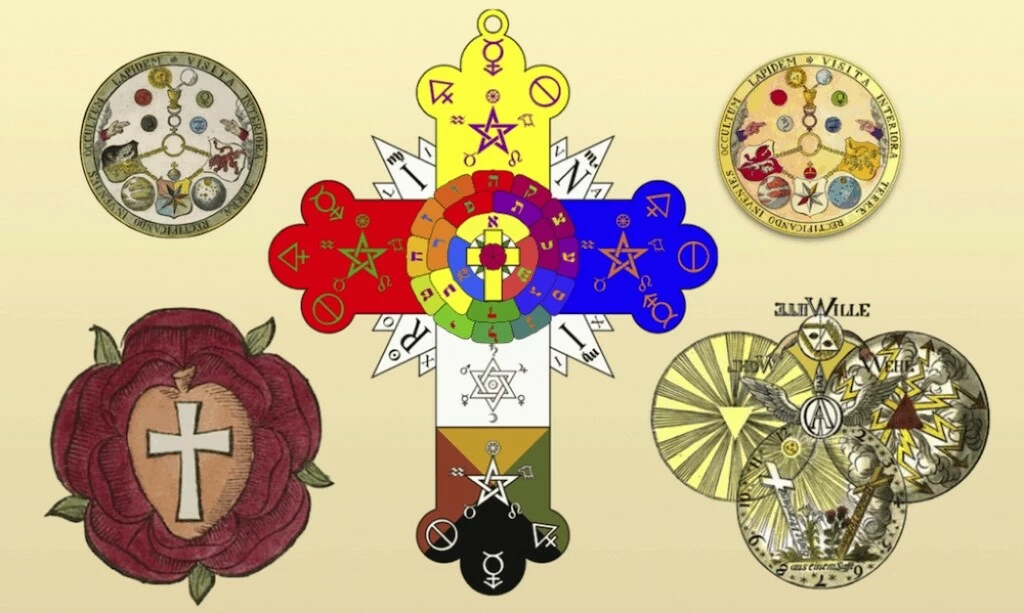
Famous Rosicrucians in History
Although there were Rosicrucians from all walks of life, here is a list of some famous people who were associates of the Rose Cross movement at one time (from Ranker.com).
- George Washington
- Abraham Lincoln
- Benjamin Franklin
- Walt Disney
- Isaac Newton
- Leonardo da Vinci
- Napoleon Bonaparte
- Dante Alighieri
- Francis Bacon
Origin of the Rosicrucians
Fama Fraternitatis Rosae Crucis
The true origin of the Rose Cross movement is a highly debatable mystery. Researchers know that in the early 17th century three anonymous manuscripts emerged in Germany regarding the movement. It was the Fama Fraternitatis Rosae Crucis, circa 1614, that introduced the story of their founder. Fama means fame, report or reputation in Latin. Fraternitatis means brotherhood. The English translation of the name of this manifesto is The Fame (or report) of the Brotherhood of the Rose Cross.
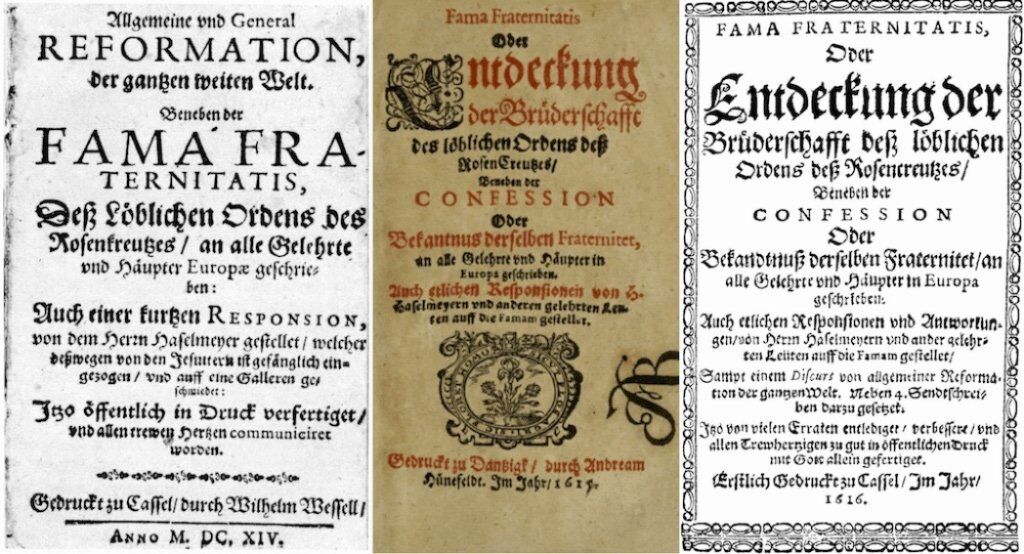
According to The Fama Fraternitatis, the founder of the Brotherhood of the Rose Cross was Father C.R., Christian Rosenkreutz (rosy cross), a German doctor who traveled far to the regions of Turkey and Arabia, perhaps in the early 15th century. The date is uncertain. He spent time with prominent sages who taught him secrets of Kabbalah, divine magic, mathematics, and physics.
Wisdom of the Mystery Schools
According to the credo of the mysteries, only by developing one’s faculties of will, intuition, and reason to an extraordinary degree could one ever gain access to the hidden forces in the universe. Only through complete mastery of body, soul, and spirit could one see beyond death and perceive the pathways to be taken in the afterlife. Only when one has conquered fate and acquired divine freedom could he or she, the initiate, become a seer, a magician, an initiator.
On his journeys back to Germany, Rosenkreutz stopped in Egypt and Morocco, where he studied occultism (the study of hidden truths). Once he returned to Germany, he formed a brotherhood and founded the Fraternity of the Rose Cross. However, according to the Rosicrucian initiate, Max Heindel, another group formed the Order of the Rose Cross in 1313. Although this date places the founding of the Order before Father C.R., he is still credited with reviving the movement.
A number of scholars and orders claim that their Rose Cross movement began centuries before the publications of the manuscripts in the early 1600s. However, they had gone by many different names that changed over time.
Was Christian Rosenkreutz a Real Person?
Some theorists claim the Order of the Rose Cross never actually existed before the manifestos were published. They also speculate that Christian Rosenkreutz is a myth, although others are quick to indicate that the Fama Fraternitatis manifesto did not approach him as such.
Maurice Magre, researcher and author, references oral traditions that indicate Rosenkreutz was the last descendent of the German Germelschausen family who lived in a castle in the Thuringian Forest during the 13th century. Supposedly, the family had adopted a belief system that incorporated both pagan and Christian traditions, and Christian Rosenkreutz carried on that tradition.
There were two additional publications of anonymous manifestos after the Fama Fraternitatis. They were the Confessio Fraternitatis of 1615 and the Chymical Wedding of Christian Rosenkreutz of 1616. Sometime later, a Lutheran by the name of Johannes Valentinus Andreae claimed to have authored the latter. However, he said that it was a satirical perspective and that he meant it as a ludibrium. In other words, he was poking fun at them. Unfortunately, we may never know whether this is true or not since the religious climate at the time did not allow for outlying views. It is possible he was covering up for his safety after the fact.
Influence of Early Rosicrucianism
It appears there were different lineages of the Order of the Rose Cross. They may have influenced the Freemasons, Illuminati, and even the Knights Templar. Possible evidence for the connection between the Knights Templar and the Rosicrucians exists in Portugal at the Convent of the Order of Christ. This was once the home of the Knights Templar, and today, there are images of the rose cross scattered throughout. What the Knights Templar really practiced and believed is another mystery. Although the Roman Catholic Church accused them of practicing idolatry and occultism, this may have been for financial and political reasons. Sadly, many of their members were burned at the stake in 1307. However, the images below, taken at the Knights Templar cathedral in Tomar, Portugal, are interesting.
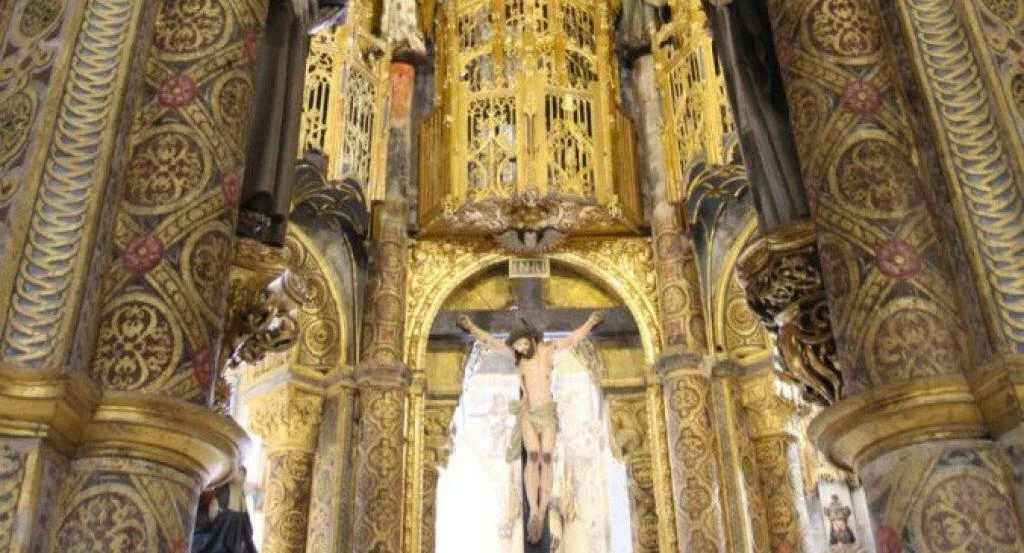
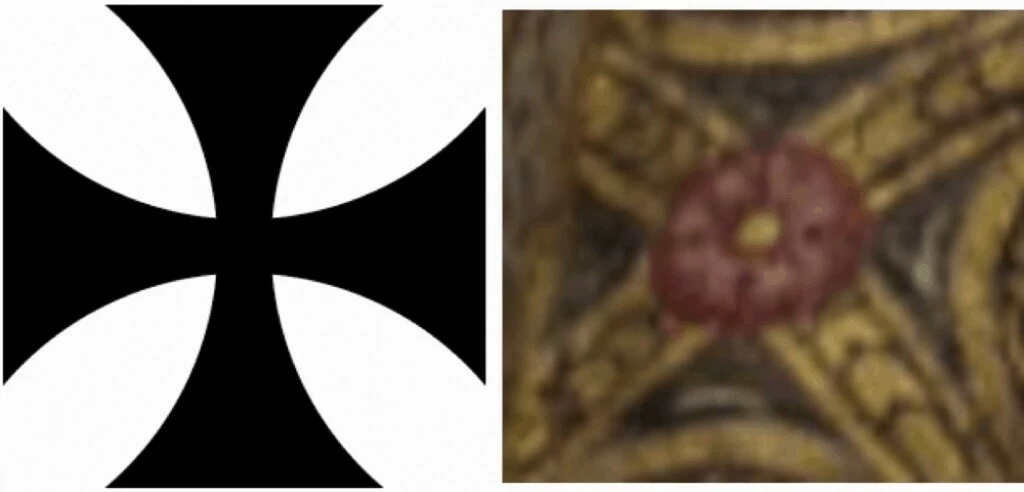
Organizations Today
Many orders of the Rose Cross developed over the years. Some of them adhered to some form of the original name, while others adopted different versions. The Ancient Mystical Order Rosae Crucis (AMORC), the Societas Rosicruciana, and the Hermetic Order of the Golden Dawn are just a few of the more famous orders in existence.
Rosicrucian teachings today are gnostic, and they draw on Qabalah (of ancient Jewish Kabbalah), philosophy, divine magic, alchemy, Christianity, and ancient Egyptian mystery schools. “The diverse groups who link themselves to a “Rosicrucian Tradition” can be divided into three categories: Esoteric Christian Rosicrucian groups, which profess Christ; Masonic Rosicrucian groups such as Societas Rosicruciana; and initiatory groups such as the Golden Dawn and Ancient Mystical Order Rosae Crucis (AMORC).”
Symbolism of the Rose Cross
Although organizations and names of orders have come and gone, the symbol of the cross with a red rose has persisted for at least many centuries. According to the AMORC website, the unified red rose and cross are a pre-Christian symbol that has no connection to religion. The cross represents the human body, while the rose represents the opening consciousness. Other sources claim the rose symbolizes the soul.
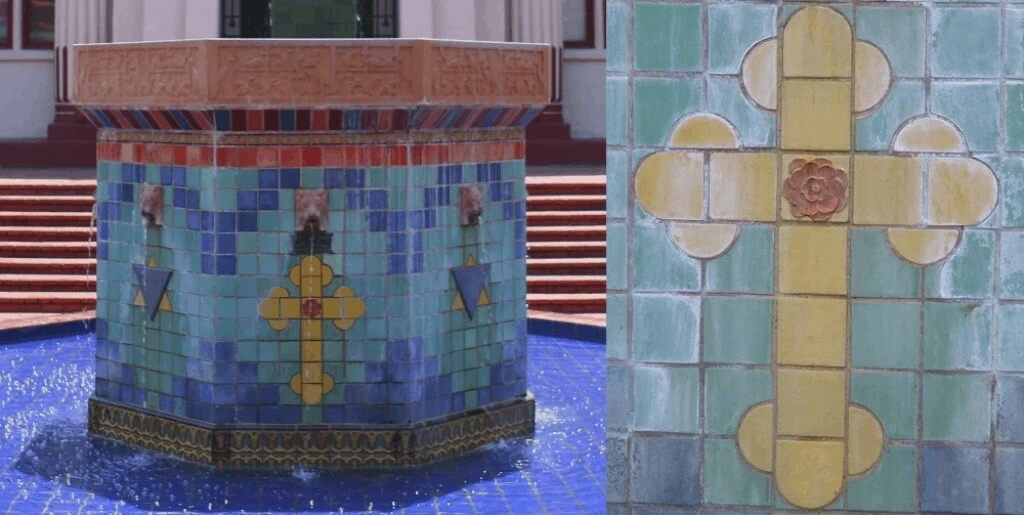
On the Societas Rosicruciana website, they say the cross is an international symbol of many meanings. This includes the four directions coming together at a central point, the solstices and equinoxes, eternal life, and the manifestation of spirit into matter. Additionally, the Egyptian form of the cross symbolized life on this plane and in the afterlife, and health. According to the same website:
The rose is the flower of the goddess Venus but also the blood of Adonis and of Christ. It is a symbol of transmutation – that of taking food from the earth and transmuting it into the beautiful fragrant rose…The rose has also been used as a sign of silence and secrecy. The word sub rosa “under the rose” referring to the demand for discretion whenever a rose was hung from the ceiling at a meeting. In the Mysteries roses were sacred to Isis.
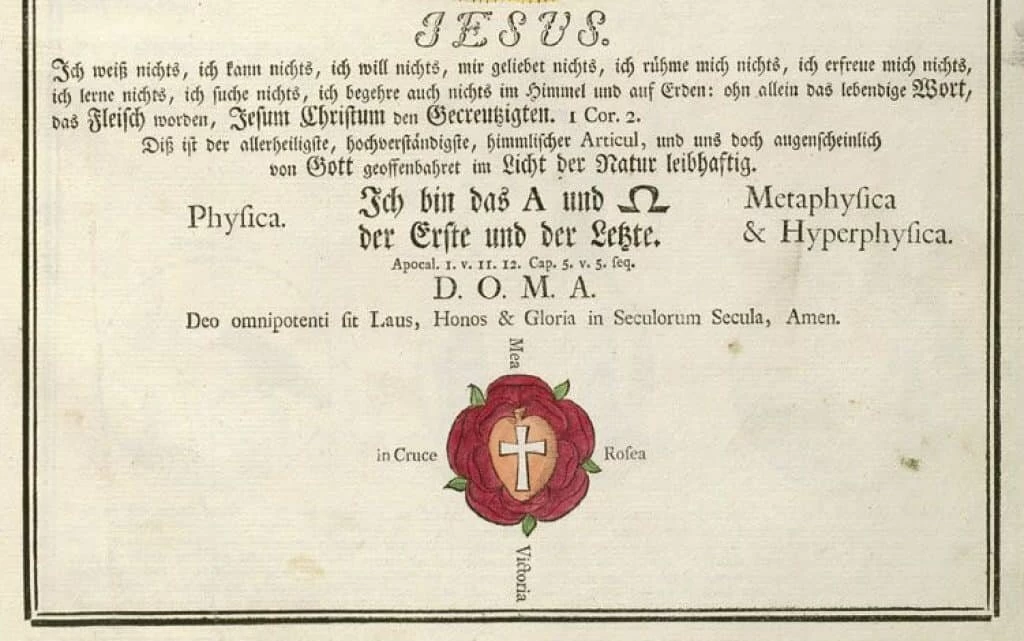
Secrecy as a Result of Suppression
Any person openly voicing ideas in opposition to the Roman Catholic Church was subject to persecution, silencing, or death. Martin Luther, Giordano Bruno, Copernicus, and the Albigensian Christians are all examples of people that the Church deemed guilty of “heresy.” In 1209 Pope Innocent III waged a war against the Albigensians, and many thousands of them perished in France.
As a result of rampant persecution, the Order of the Rose Cross remained underground and highly secretive. Thus, the manifestos were simply a way for the initiates to plant the seeds of reform into the minds of like-minded people. They also tested the reaction of society – and the authorities. However, it seems the publications were never meant as a “coming out” by the order just yet. They needed to stay underground for the safety of their lives. Later, as society became more accepting of diverging theologies and secular ideologies, secret societies no longer had to remain secret.
Today, Rosicrucians, the Freemasons, Illuminati, and Knights Templar are still in existence and openly have websites online. AMORC even has an Egyptian museum in San Jose, California. For a small fee you can see a large collection of artifacts and learn about the culture that had an influence on the history of the ancient orders of the Rose Cross.
References:
AMORC
Unexplained Stuff
“Fama Franternitatis“
Ranker.com
Pasachoff, Naomi. 2017 January. “Digging up Copernicus.” Dig Into History magazine.
University of Wisconsin, Digital Collections